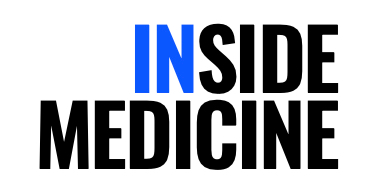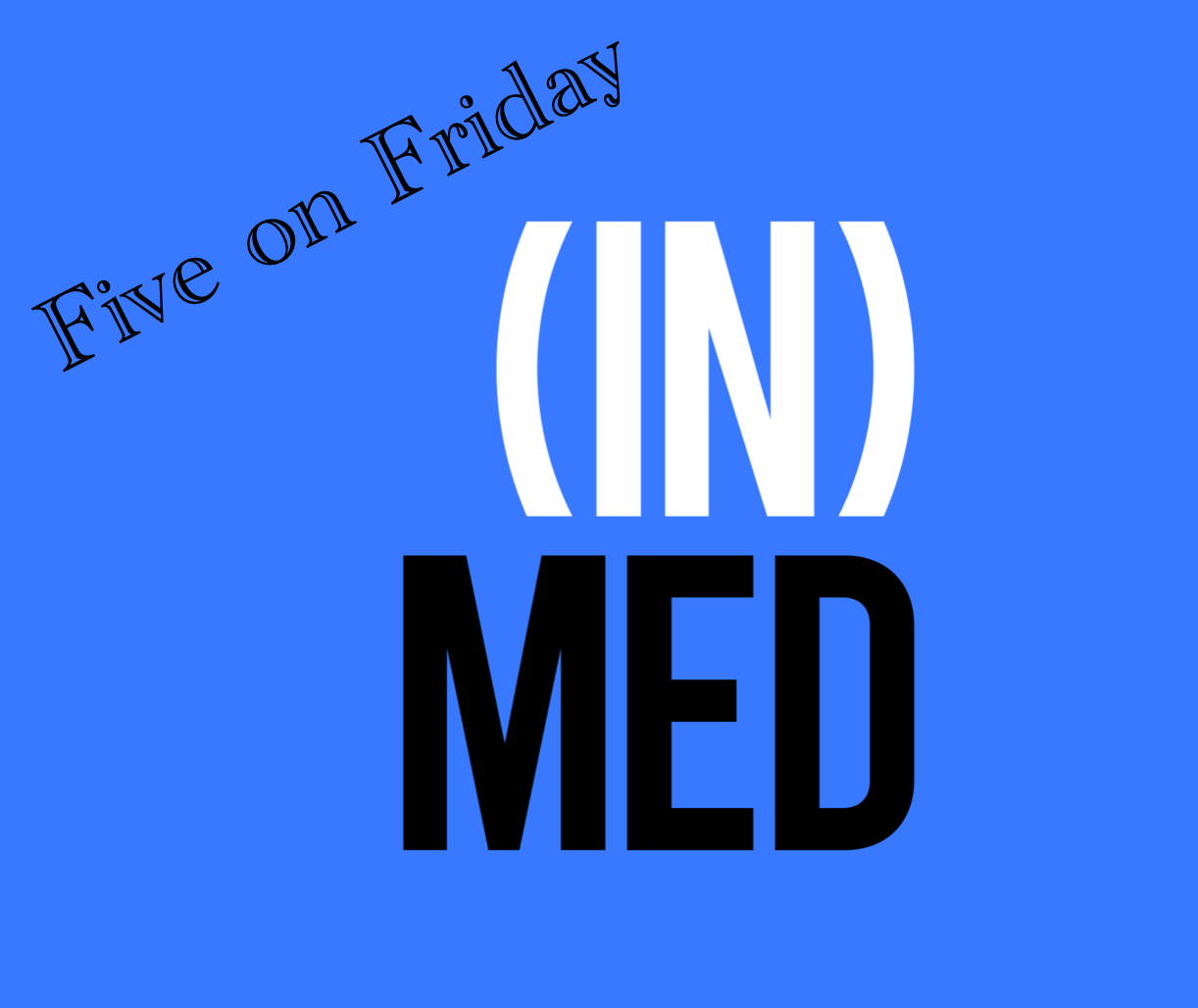FDA approves Fall Covid-19 boosters early.
That and other stories in "Five on Friday" for August 23, 2024...
Item 1: Fall Covid-19 boosters available early.
As anticipated, the FDA approved updated fall Covid-19 boosters yesterday. The move means that new vaccines will be available in the US several weeks earlier than previously expected, and as early as next week.
The new vaccines were altered fairly late in the process at the request of CDC experts, to better reflect newer variants.
The question is whether people should get vaccinated now or wait until later in the season. That’s complicated. The FDA’s Peter Marks said that people should get vaccinated as soon as possible. That’s not exactly advice everyone should take, though. People who have been recently infected should certainly wait. Others might want to wait too, depending on local conditions, as even these newly tailored vaccines are expected to wane. I’ll write more on this in the coming days.
Item 2: What I’m reading: “Dollars and Sense: The Cost of Cancer Screening in the United States.”
One of my least favorite things in medicine and public health is that cancer screening is mostly not cost effective (or very effective at all, for that matter). Cancer screening—that is, testing people without symptoms—should work. But the data often say otherwise. The reason is that the downsides of over diagnosis and over treatment often offset the cases detected early enough to make a difference.
New research in the Annals of Internal Medicine now shows that the US spent $43 billion on cancer screening in 2021. That research was accompanied by a remarkable essay by my Brigham and Women’s Hospital Colleague Dr. H. Gilbert Welch, a longstanding voice of reason in our field.
I’m going to reproduce two things. First is a bit of Dr. Welch’s essay:
What is the value of all this? Promoters assert that cancer screening “saves lives.” Yet its effect is so small that randomized trials must enroll tens of thousands of participants to reliably detect a change in cancer-specific mortality—not all-cause mortality. General population screening is a long run for a short slide: As few as 1 person per 1000 who are screened over 10 years will benefit.
The conventional wisdom is that nothing bad happens to the other 999 who are screened. Yet false alarms are common—followed by more appointments, more follow-up testing, and more procedures. These require people to take more time off from work and pay more out-of-pocket costs. Some will experience complications. Then there are the few who are turned into patients and subjected to unneeded treatment.
Second, I’d like to share some thoughts (lightly edited) from Dr. John Siebel, a retired oncologist who happens to be my father-in-law.
None of this is surprising. Obviously colonoscopy leads the pack, with major contributions from mammography, cervical cancer screening and PSA [for prostate cancer]. For years, we have argued: Who should be screened? How often? What should trigger further invasive or otherwise expensive and possibly hazardous workups?
As oncologists, we have seen cases where screenings or even perhaps random tests (e.g., CT scans for other indications) have brought a curable case to us or where "neglectful" screening has resulted in incurability. Our consideration is, by our oath, to the patient and not to the society. So we tend to support and encourage screening just based on what we see coming through the clinic door. On the other hand, our neglect of social issues, or of the patients that we, as oncologists, don't see—the ones who have complications of screening or follow-up invasive studies—is not appropriate. As for the gastroenterologists, colonoscopy has brought considerable wealth, and they will fight to give it up.
How can screening costs be lowered? Screening may be refined, as is now taking place in the mammography world. Stool tests and recent blood tests searching for neoplastic DNA fragments can virtually eliminate colonoscopy and reduce endoscopic rule-outs for gastroesophageal tumors at much lower cost. Stool testing does not have to be done annually (that's just how the company's study was set up). There is now a home PAP smear, which should decrease unnecessary pelvic exams and reduce neglect, for the exam-averse. Administration of the papillomavirus vaccine to preadolescent girls (and boys?) should produce a cohort with much less likelihood of developing cervical, anal, head and neck or esophageal cancer. PSA is relatively cheap. New recommendations for serial follow up of mildly elevated levels and more "watch and wait" for unaggressive cases should also reduce costs. Here again, the industry will fight back. Prostate cancer is what puts most radiation oncology centers into the black.
This is a debate that we’ll return to in the future.
Item 3: Who should get mpox vaccines?
As discussed last week, the WHO has again declared mpox as a public health emergency of international concern. At the moment, the risk in the US remains low, and there are no changes in who is at risk (i.e., spread occurs by intimate contact with high-risk individuals).
There is a vaccine that can decrease infections. The CDC currently recommends vaccination for high-risk individuals. Per the CDC people should receive an mpox vaccine if they:
Are a gay, bisexual, or other same-gender loving man who has sex with men or are transgender, gender non-binary, or gender-diverse AND in the last 6 months you have had, or expect to have
One or more sexually transmitted infections
More than one sexual partner, or anonymous sexual or intimate contact
Sex at a commercial sex venue
Sex in association with a large public event in a geographic area where mpox transmission is occurring
Have had sexual or intimate contact with a person who is at risk of mpox as described above
Have had sexual or intimate contact with someone who may have mpox. Get vaccinated as soon as possible after exposure, regardless of your sexual or gender identity.
As we learn about the current mpox outbreak, these indications could change.
Item 4: Florida’s Red Flag law prevented some homicides.
After the Parkland massacre, Florida actually did something. It enacted a law allowing law enforcement officers to temporarily confiscate firearms from people who appear to be an imminent danger to themselves or others.
Did it help? Yes. New research in the Journal of the American Medical Association shows that the slope of Florida’s ongoing increase in homicides decreased after the law went live in 2019. That is, homicides still increased in Florida—but less than the projected rates based on Florida’s own history, and in comparison to a crop of control states that did not enact such laws.
It’s likely that turning that “decrease in the increase” in homicides into a pure decrease, Florida need to combine their Red Flag law with other sensible reforms.
Item 5: Poll of the Week.
Here are the results from the last poll. Thanks for your votes! The correct answer is heart disease, just like today! Tuberculosis (the most popular choice in our poll) was 2nd. Influenza had been the leading cause in 1918, but had fallen by 2024.
Item 5a: Poll of the Week for this week!
More medical trivia! No fair using Google or other resources. Honor system!
That’s it. Your “Friday Five!”
Feedback! Do you like the “Five on Friday” format? Have any ideas for next week’s Poll of the Week? Any great articles you have read elsewhere that you want to share with the Inside Medicine community? Other musings or thoughts?
Please contribute to the Comments!







A screening colonoscopy potentially saved my life and at the very least, prevented me from having to go through chemotherapy. 11 1/2 years later I am cancer free. I think the issue for me is figuring out a way to offer cancer screening for the disadvantaged and uninsured. Taxing the middle and upper classes to support such a program seems very fair to me. If we can just stop focusing on “me” and focus more on generosity and altruism, we can make significant strides in the prevention and treatment of cancer.
With covid-19 finally catching me last Thanksgiving 2023, I am thinking I will get the new covid-19 booster as soon as possible.
We just finished the 3rd week of the new school year. As I predicted, about midweek last week and especially this week, I have had endless students dropping like flies getting sick with covid-19 and their families too! The district is not allowing us to test students for covid-19 anymore, like we once were if the parent signed the consent. Most parents did sign that consent. However, the district is still providing rapid antigen testing for free for our students and their families. So that is a positive! Thank goodness! This week, I began to notice staff at my high school wearing a mask, after they have seen me proudly wearing my N95, 24/7!